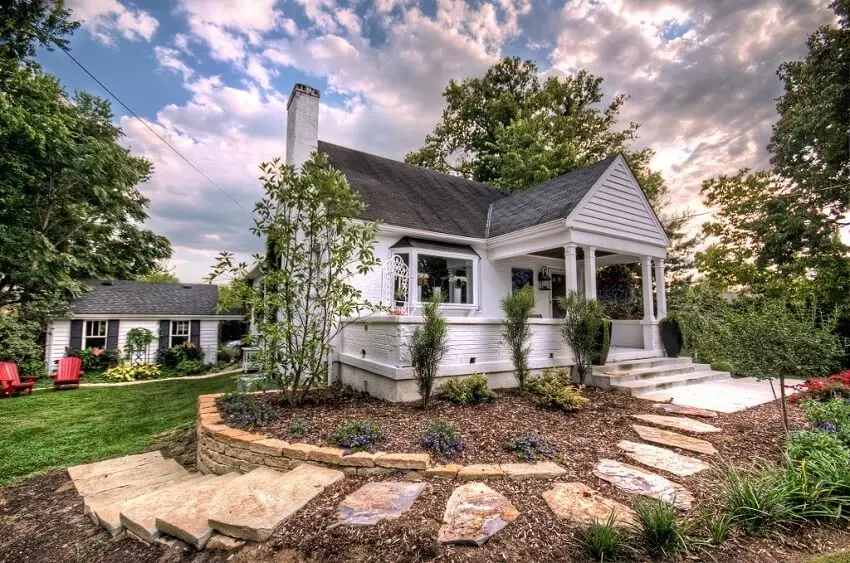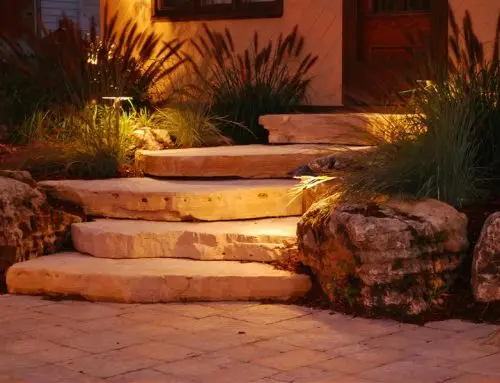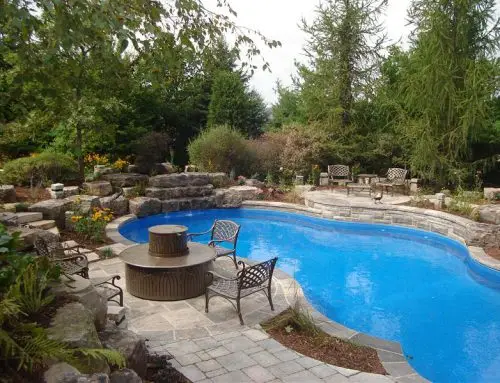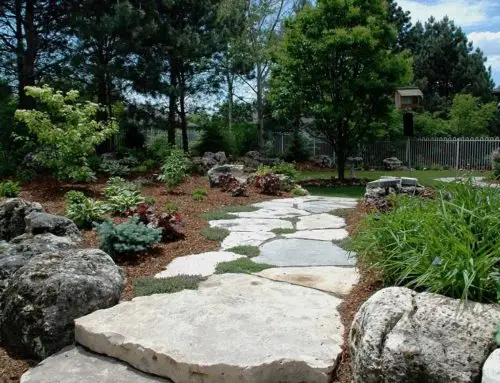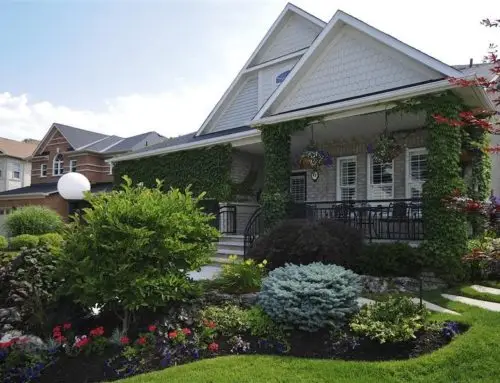Now that summer projects are underway for many homeowners, one of the most attractive additions that can be added to any landscape project is the inclusion of stone steps. Natural stone steps are commonly used by landscaping companies to accommodate any grade changes to the property and add dimension to a project.
They are most often used for entrances for homes, buildings or a nice alternative for elevated patios, grade changes to pool entrances or any walkway that has an incline or walkways up hill. In particular, the steps to your home are the first place that guests draw their initial impression. By using the right design and stone step materials, your home’s exterior look will be greatly enhanced and value to your property will be added.
Whenever stairs are a necessity to accommodate any type of movement throughout the property, stone stairs are an environmentally sensible solution because they are functional, durable and aesthetically appealing and decorative. Stone steps are less obtrusive than wooden steps and offer a depth of dimension that cannot be acquired with wood on upland sites.
When a well-designed stone step walkway is added to a residential or commercial property, it helps to improve and facilitate the entire look of the outdoor space. Because stones come in a variety of shapes, sizes and materials, different designs and finishing touches can be chosen to make the possibilities endless depending on the look and feel of the property.
There are many types, styles and materials of stone steps that can be integrated into your landscape that is either cut natural stone steps or random natural stone steps. According to the descriptions provided by mineralzonestonesteps they are:
Types of Stone Steps:
- Simple Stone Steps: Simple steps are made by placing large stones placed at varying intervals up an incline. They are set with the treads that are formed by the natural substrate or stone aggregate.
- Mortared Stone Steps: Mortared steps are most commonly found near carparks or where access for materials is easy. Mortaring step stones is used for extra stability.
- Pitched Stone Steps: These stones are placed using a longer spacing on gentler slopes. The gap between is pitched with smaller stones.
- Capping Stone Steps: Capping stone steps are commonly used for staircases, but they can also be used for short steep sections.
Styles of Stone Steps: (available in three styles)
- Sawed Steps: These stone steps are rectangular in their shape and sawed on the top and bottom. They are most often used for front walks and high traffic areas.
- Split Steps: These are stones that have been hydraulically split into a rectangular shape so that it retains its natural appearance on each surface. They are most prominent in garden paths, front walks and stairways.
- Quarry Steps: Quarry steps are large pieces of stones set into the ground with a walking surface that is flat, but has an irregular appearance from the top.
Materials for Making Stone Steps:
- Granite Steps: Granite steps are immensely popular because they convey a completely new look to the surroundings. However, these stone steps can be very slippery, so you will find them often used in commercial establishments like hotels, offices and monuments. Limestone Steps: Limestone is an ideal stone step because it has a very fine grained surface texture. They are very hard, durable and impervious to any atmospheric condition.
- Sandstone Steps: Not only are sandstone steps weather proof, they can be easily cut, polished, sawed and molded. They come in a variety of colours and offer a rugged natural look.
Whichever type, style or material you decide to use, stone steps create an impressive landscape and the options are endless. Evergreen Landscapes can use cast products or natural slabs that are indigenous to Oakville and beyond. For more details contact us as we can create impressive added features to your landscape that will take your breath away.

